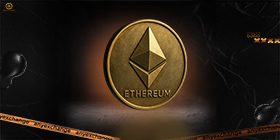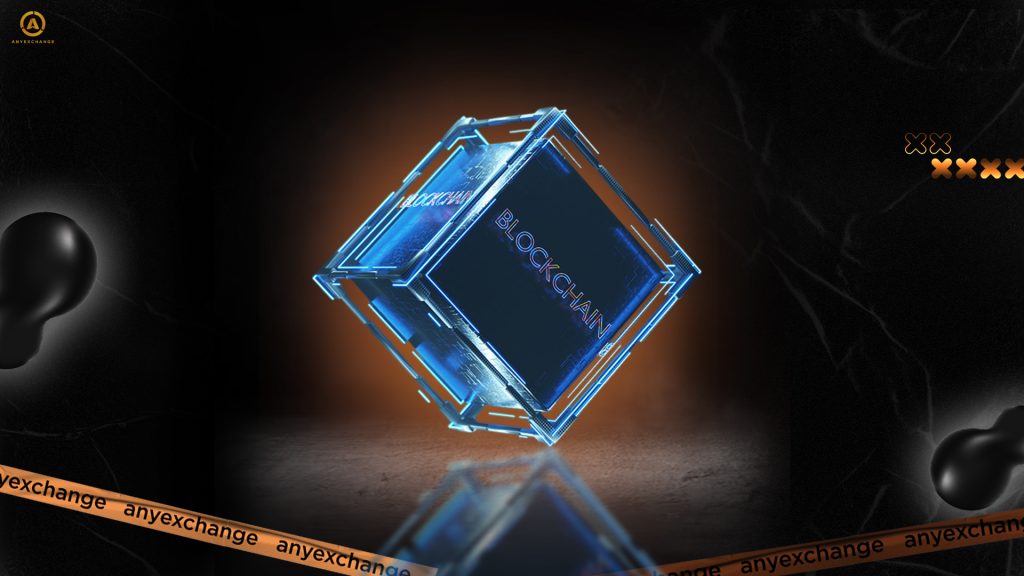
As the digital economy takes shape before our eyes, users’ personal information is becoming the new currency. Data on behavior, location, preferences, and financial transactions are of immense value to businesses and governments alike. Advertising strategies, credit scoring and personalized offers are based on it. Governments are developing control and regulatory mechanisms.
However, the situation seems to be that all of these corporate and governmental conveniences are being paid for by the people who simply use the Internet. The loss of privacy and the increasing leakage of information into unknown hands turns the user from a subject and actor into an object or even a commodity. And so the fight for privacy is at the heart of the digital transition that humanity is currently experiencing.
The financial industry, as one of the most sensitive to security issues, has found itself at the forefront of change. On the one hand, identity verification is the basis for the reliability of financial services. On the other hand, traditional identification systems are often a source of leaks, surveillance and privacy violations.
Against this backdrop, blockchain identity is a technological manifestation of Web3 ideals: self-governance, privacy, and the rejection of intermediaries. It shifts the focus from exposing the user to governments and corporations to giving them control over their identity. This is the future of decentralized identity — where the individual decides what data to disclose, to whom, and when.
This article aims to show how blockchain technologies are transforming the approach to identity in the financial industry: from protecting biometrics and all other personal information, to simplifying access to financial services and enabling financial inclusion on a global scale.
What is Blockchain Identity?
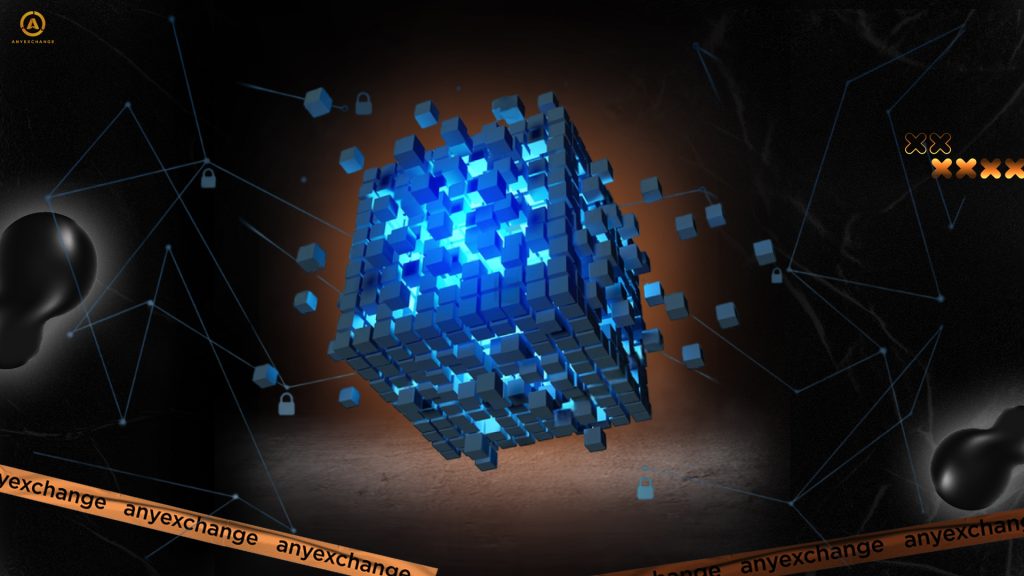
Blockchain identity is a form of digital identity whose management is based on a distributed registry. Unlike traditional centralized databases where information is held by banks or governments, blockchain allows for the creation of a unique decentralized identifier (DID) that is owned by the user. DIDs work in conjunction with smart contracts, which regulate access to data and allow for identity authentication without a third party.
According to industry leaders, including Vitalik Buterin, the ideal digital identity should be minimally invasive, as secure as possible, and verifiable. In other words, a systеm where you don’t have to show your passport to prove you’re over 18 — a one-time cryptographic verification is enough.
Technically, blockchain authentication is based on asymmetric encryption: you have a private key and the blockchain contains the public part of your DID. To verify identity, it is sufficient to automatically prove possession of the key through a smart contract. This takes identity management out of the hands of corporations or government agencies and puts it in your hands.
Challenges of Traditional Identity Systems
The modern financial infrastructure still relies heavily on outdated, centralized verification systems inherited from the 20th century. Today, these models are becoming not only irrelevant, but dangerous.
A very high-profile identity verification disaster was the 2017 data breach at one of the world’s largest credit rating agencies, Equifax. At the time, more than 147 million people’s information, including Social Security numbers, addresses, and driver’s licenses, was compromised at America’s largest credit bureau. But that’s just one example. By some estimates, hackers have stolen billions of user records worldwide over the past decade-the centralized storage of personal information makes such databases tempting targets.
The second thorny issue is cost. Keeping data private is very expensive. Banks and fintech companies spend a huge amount of money each year on KYC compliance and anti-money laundering measures. These resources go into collecting and verifying documents, updating customer profiles, monitoring transactions, and reporting to regulators. The irony is that despite the huge investment, no one can guarantee a perfect level of protection.
Consider the inconvenience to the end user. Every time you open an account, sign up for a crypto exchange or investment application, you have to re-identify yourself.
In addition, millions of people in developing countries cannot pass KYC at all because they do not have access to the internet or live far from banking infrastructure.
This situation becomes a systemic problem. The solution lies in decentralized identification, where the user gains control and the systеm gains stability and flexibility.
Benefits of Blockchain Identity for Finance
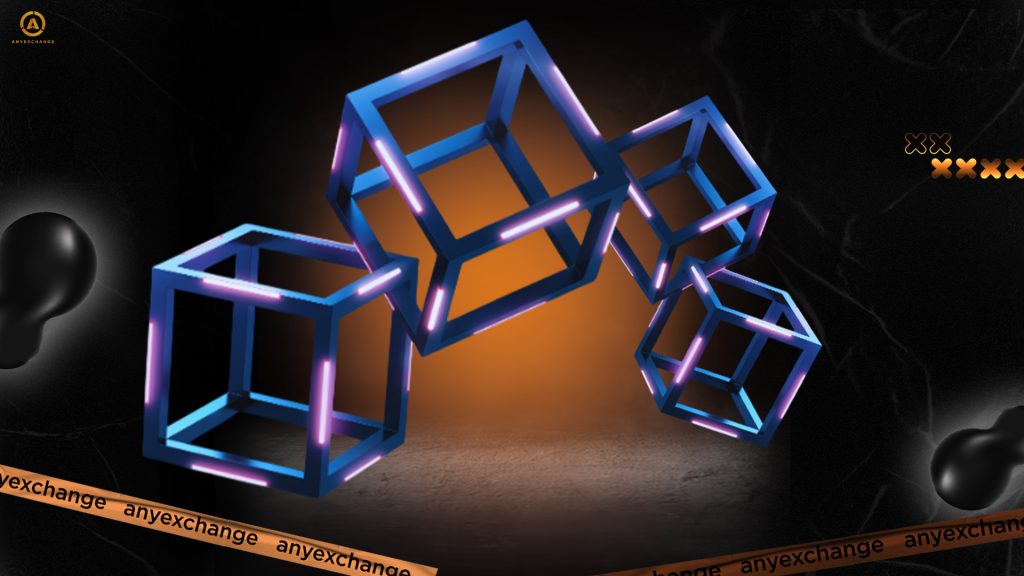
- Security. Unlike vulnerable centralized databases, information in a blockchain is encrypted and distributed across nodes in the network. Even if one node is compromised, the remaining nodes maintain data integrity.
- Privacy. Modern blockchain systems use breakthrough technologies such as zero-knowledge proof, which allows you to confirm a transaction without revealing personal information. This is a radical change in an industry where previously any request meant full disclosure of identity.
- Highly efficient infrastructure. Once passed, blockchain authentication can be used in a variety of applications, from banking to DeFi protocols.
- Financial inclusion. According to the World Bank, more than one billion people lack access to traditional financial services. Decentralized identity allows those largely excluded from the benefits of civilization to create and manage their own digital identities, opening the door to digital wallets, savings, credit, and cross-border payments.
- Reduce costs. By automating processes, platforms reduce the cost of KYC via blockchain or AML to a minimum, while maintaining compliance with anti-money laundering and other regulatory requirements.
- Implementing blockchain identity in the real world of finance is no longer a theory, but a practice. Major cryptocurrency exchanges such as Binance and Coinbase are actively implementing it, giving users faster access to trading and giving the platform access to a new customer without unnecessary bureaucracy.
- In lending, digital identities built on the blockchain allow for transparent credit histories without the involvement of traditional bureaus. Platforms such as Aave and MakerDAO are already incorporating identity management elements to provide reputation management.
- In cross-border payments, blockchain has completely changed the rules of the game. Stellar and Ripple are introducing identity layers to quickly verify sender and recipient without transmitting unnecessary data.
- In investments, blockchain protocols are opening up access to tokenized assets where the identity of the investor is verified through decentralized mechanisms. Banks such as HSBC and Santander have already launched such pilots.
- Civic offers a mobile app where you can store and share your blockchain-verified digital identity.
- SelfKey is building an ecosystem where users can manage their identity portfolio and access financial services: open bank accounts, register businesses, and purchase tokenized assets.
- Ontology focuses on integrating identity into everyday financial processes, including cross-border payments and lending.
Application of blockchain identity in finance
Blockchain Identity Technologies and Projects
One of the key standards is DID, which is supported by the W3C (World Wide Web Consortium). This is an international organization that develops open standards for the Internet, including HTML, CSS and other core technologies. DID is a technology that allows you to create and control your digital credentials without the involvement of centralized registrars. Instead of logins, passwords and portable passports, it is a cryptographically protected record that can be validated without exposing all data.
Ethereum, Hyperledger and Polygon are among the leading platforms providing the infrastructure for such solutions. In addition, a number of other projects have already proven that decentralized identity works well in real-world environments:
The tools that enable these systems inсlude zero-knowledge proofing, oracles for real-time data verification, and biometrics as a unique user identifier.
Challenges and Risks of Blockchain Identity Regulation
Identity regulation. Legislative initiatives such as the European uniоn’s General Data Protection Regulation (GDPR) and global anti-money laundering (AML) measures require transparency, accountability, and control over data. GDPR obliges companies and services to strictly respect users’ rights to access, modify and dеlete their personal data, and requires minimization of information retention. This interacts in complex ways with the decentralized nature of blockchain, where data is immutable and distributed across nodes of the network.
Technical challenges. The infrastructure of many banks and government agencies is built on legacy centralized systems, and integration with blockchain protocols requires significant investment and architectural overhaul.
User Experience. Unlike familiar logins and passwords, digital identity on the blockchain requires the management of private keys. Losing a key can mean losing access to all financial services, which is especially critical for newcomers.
Acceptance. Conservative banks and bureaucracies hinder the adoption of new approaches. Most regulators are not yet ready to accept decentralized identification as an equal alternative to traditional methods.
The Future of Blockchain Identity in Finance
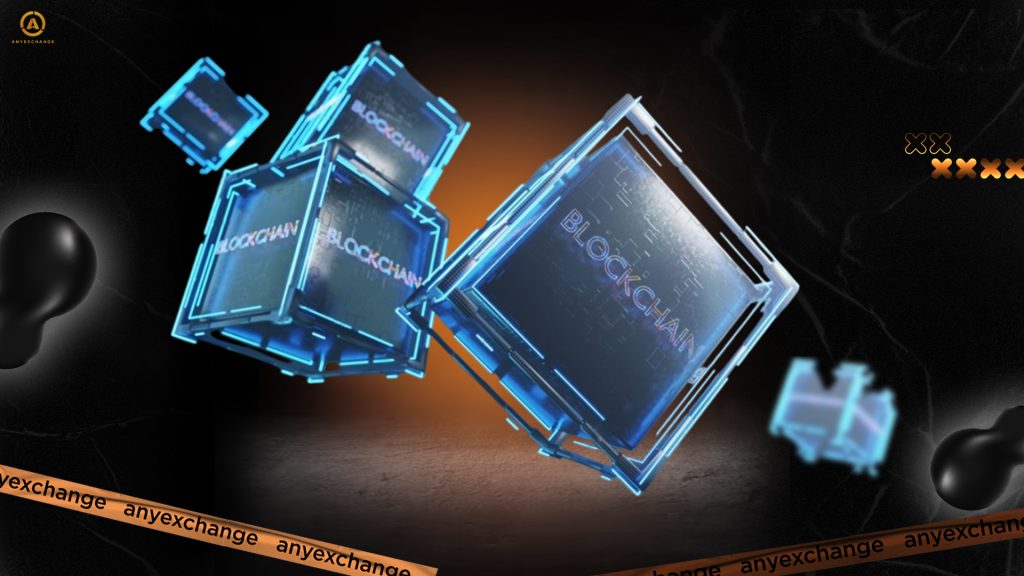
By 2030, experts predict the emergence of a global digital identity standard based on decentralized solutions. If all goes well, identity management will no longer depend on government registries and large corporations. Instead, users will gain control over their data and be able to use a single digital identity to access all kinds of financial services, from cryptocurrency wallets to international investments.
The way to this future is through collaboration. Only by joining the efforts of banks, fintech companies, regulators and startups can we build an ecosystem where identity verification and privacy are not mutually exclusive, but complementary principles.
Thank you for reading our article. Invest safely and profitably!
AnyExchange is an exchanger where you can convert popular cryptocurrencies at the most favorable rate. Worldwide money transfers are also available on the platform.
FAQ
What is Blockchain Identity?
It is a systеm where a user’s digital identity is created, stored and managed on a blockchain. It is based on cryptography and smart contracts, allowing it to be used in financial services without the need to trust centralized intermediaries.
How does it help banks with KYC?
It helps banks automate customer verification, reduce compliance costs and minimize the risk of data breaches. Identity verification can be done once and the result can be reused.
Is it safe to store data on the blockchain?
Yes, blockchain technology provides a high level of security through encryption and decentralization. When properly implemented, access to biometric data or other sensitive information is limited to the owner. In addition, zero-knowledge proof mechanisms are used to confirm a fact without revealing details.
Who can use Digital Identity?
Anyone with a digital wallet can integrate their digital identity into Web3 applications, financial services, cross-border payments, or government systems.
What projects are leading the way?
Civic, SelfKey, Ontology, and protocols based on Ethereum, Polygon, and Hyperledger. Large companies such as Microsoft (ION) and IBM are also developing solutions in partnership with governments and banks.




